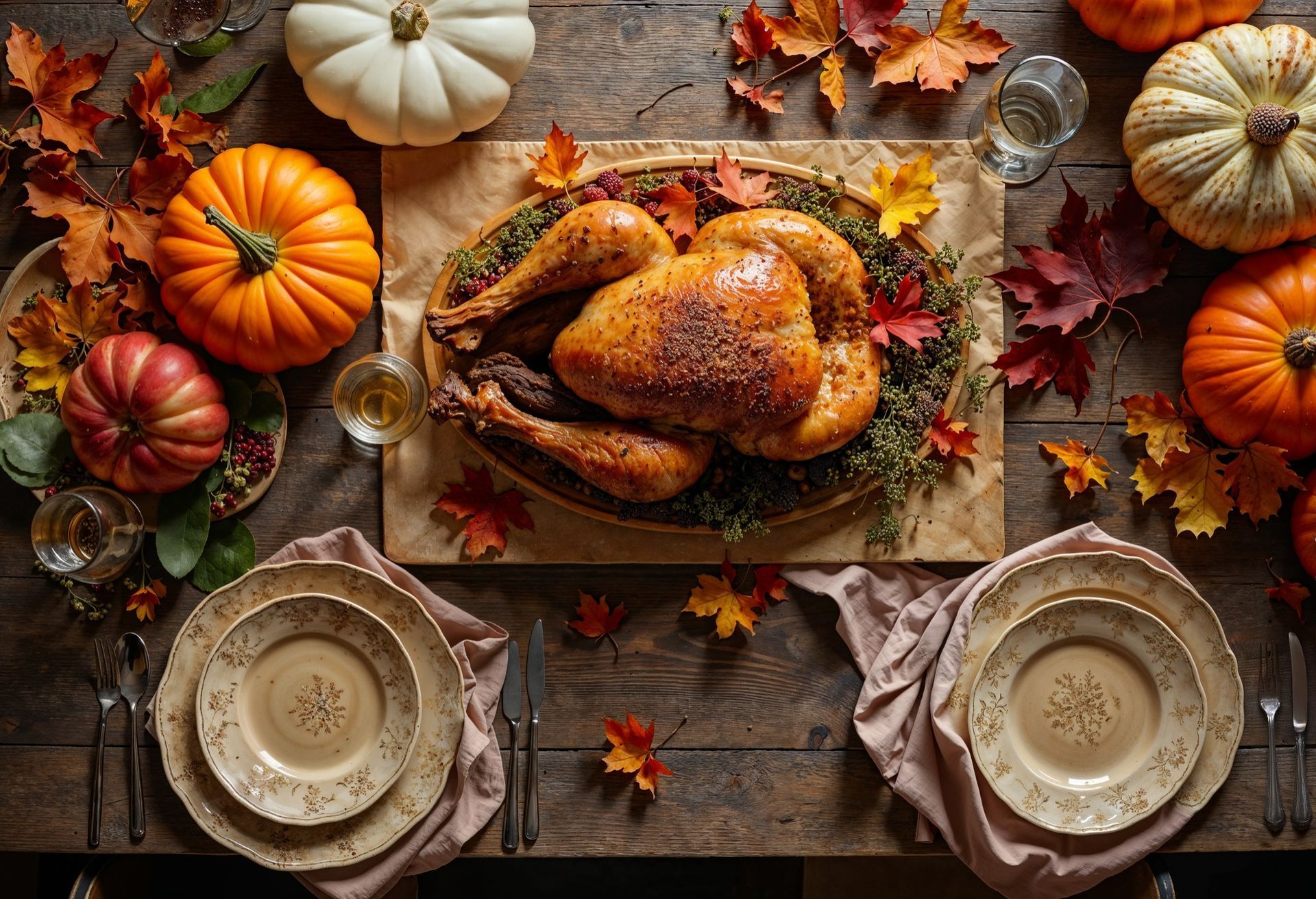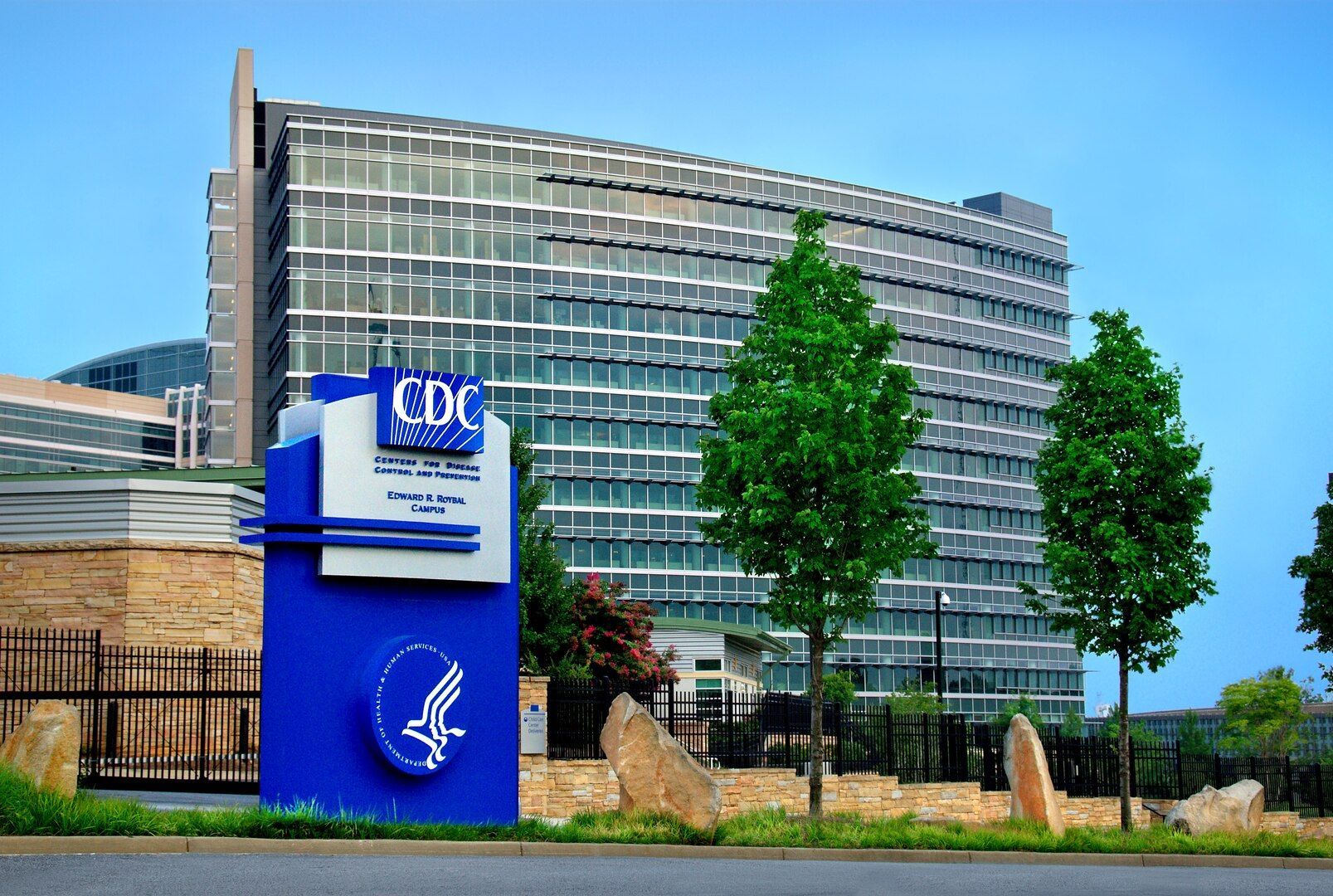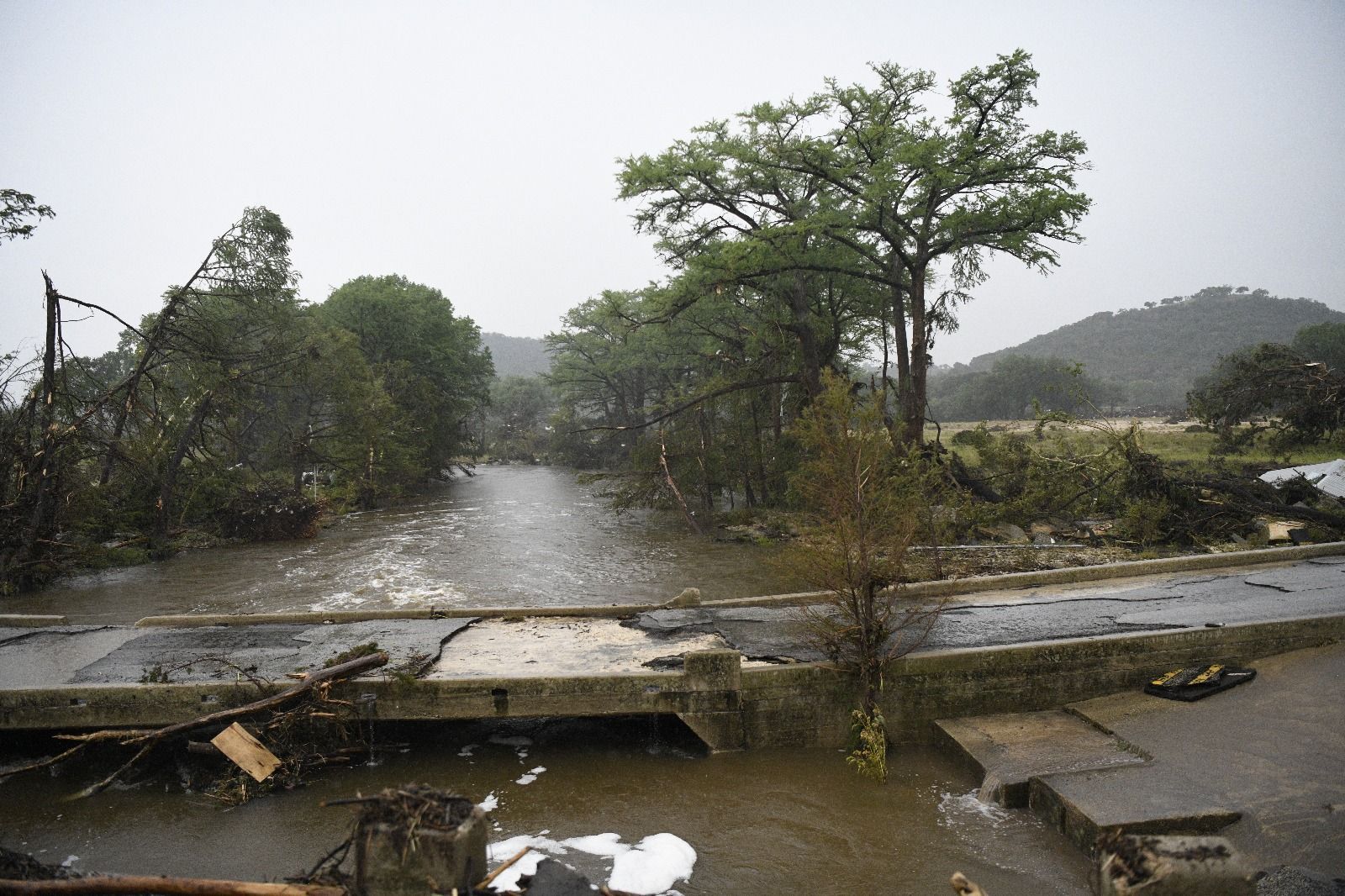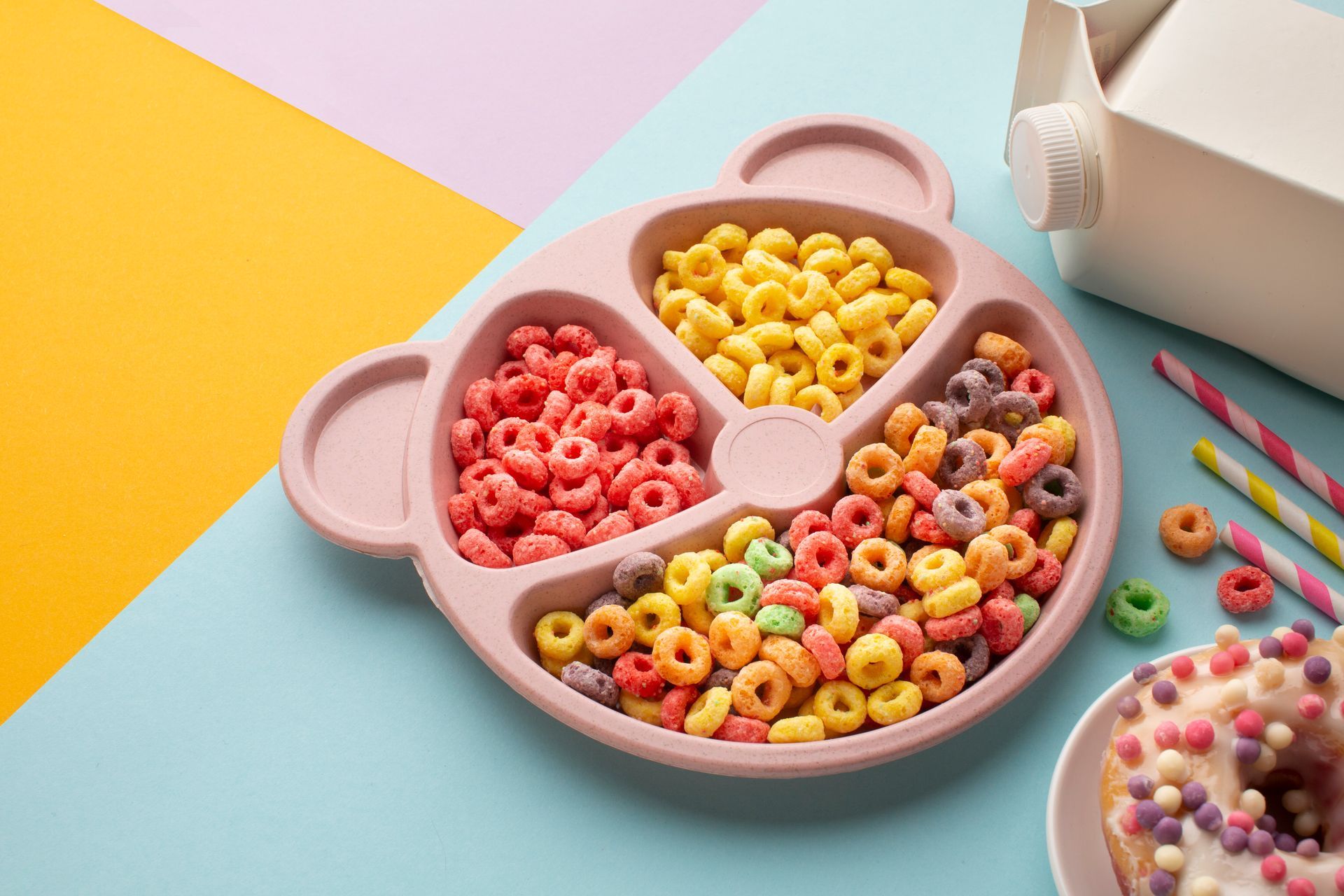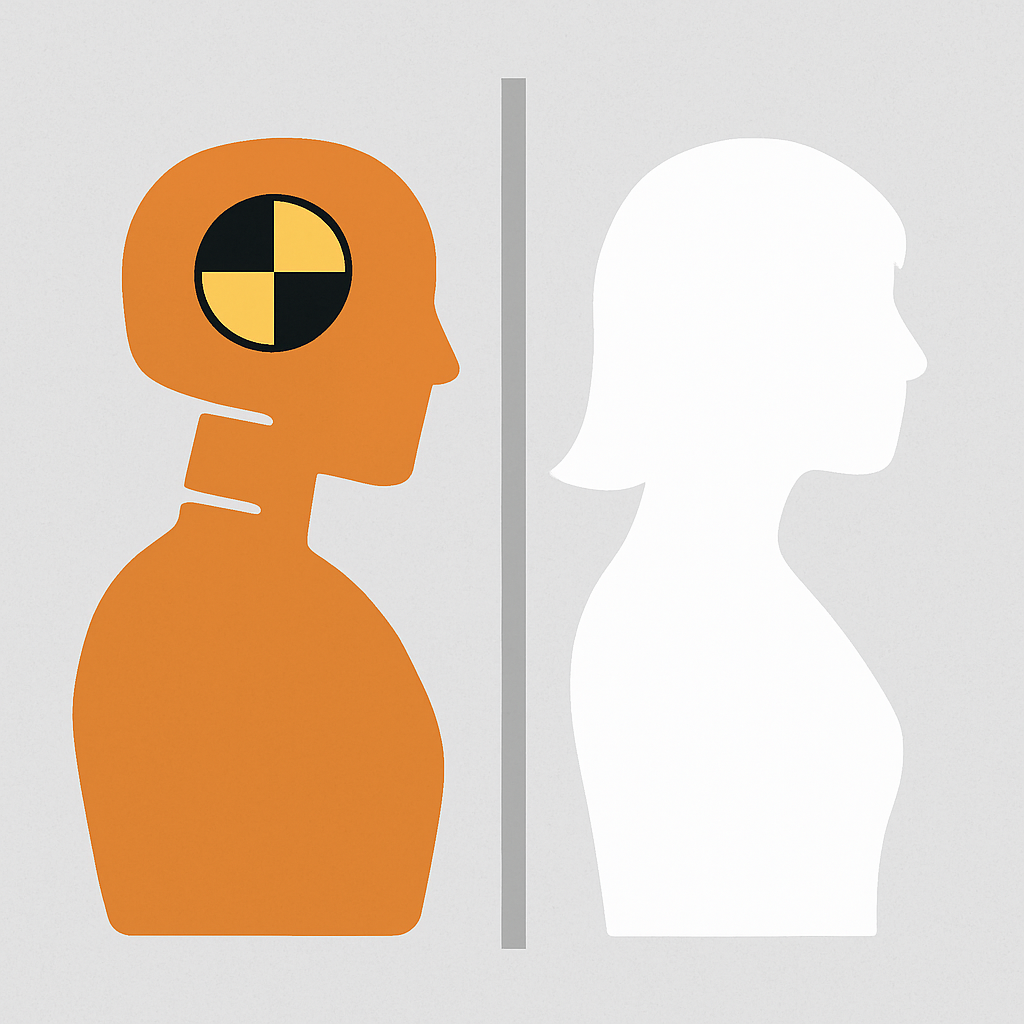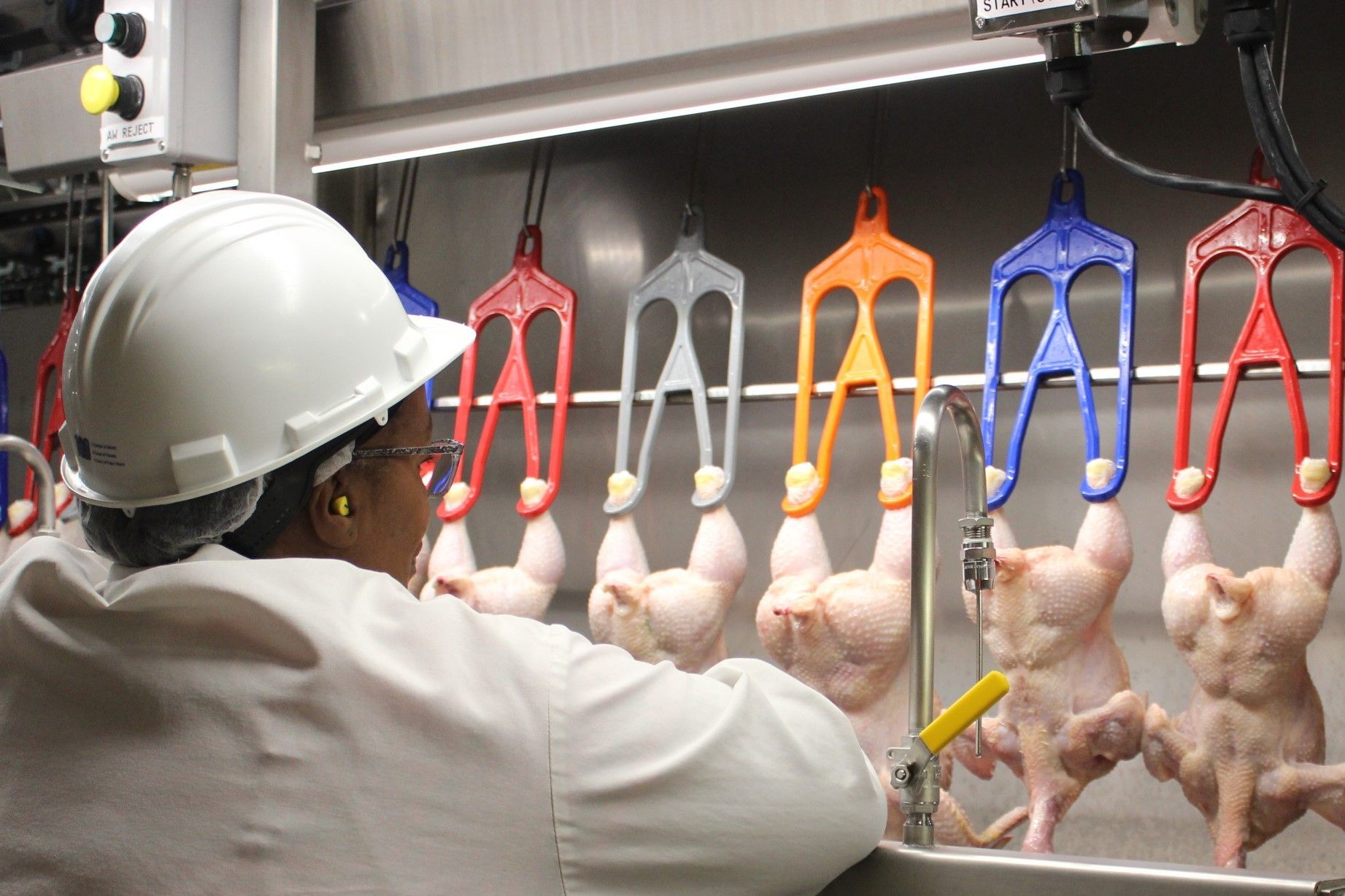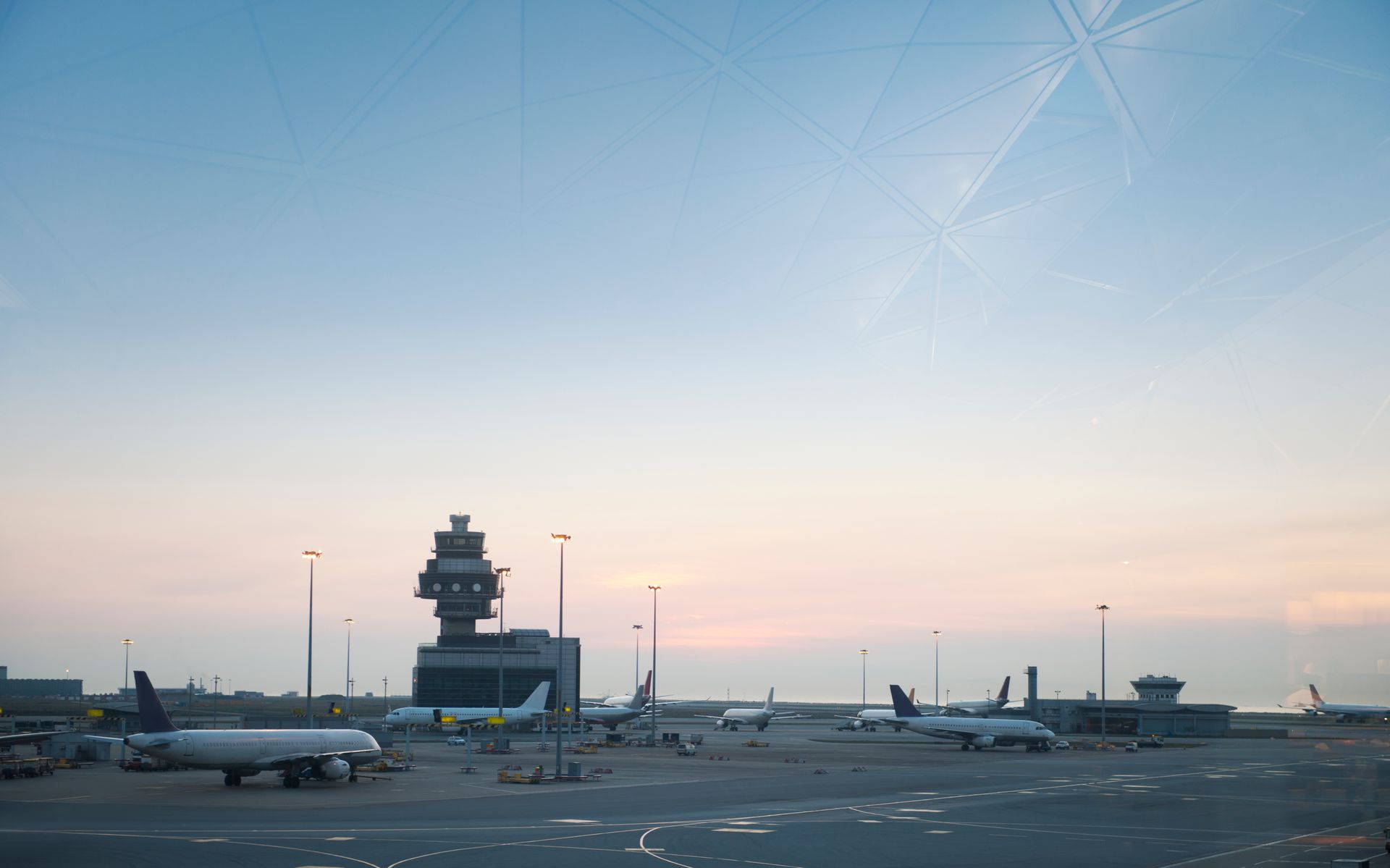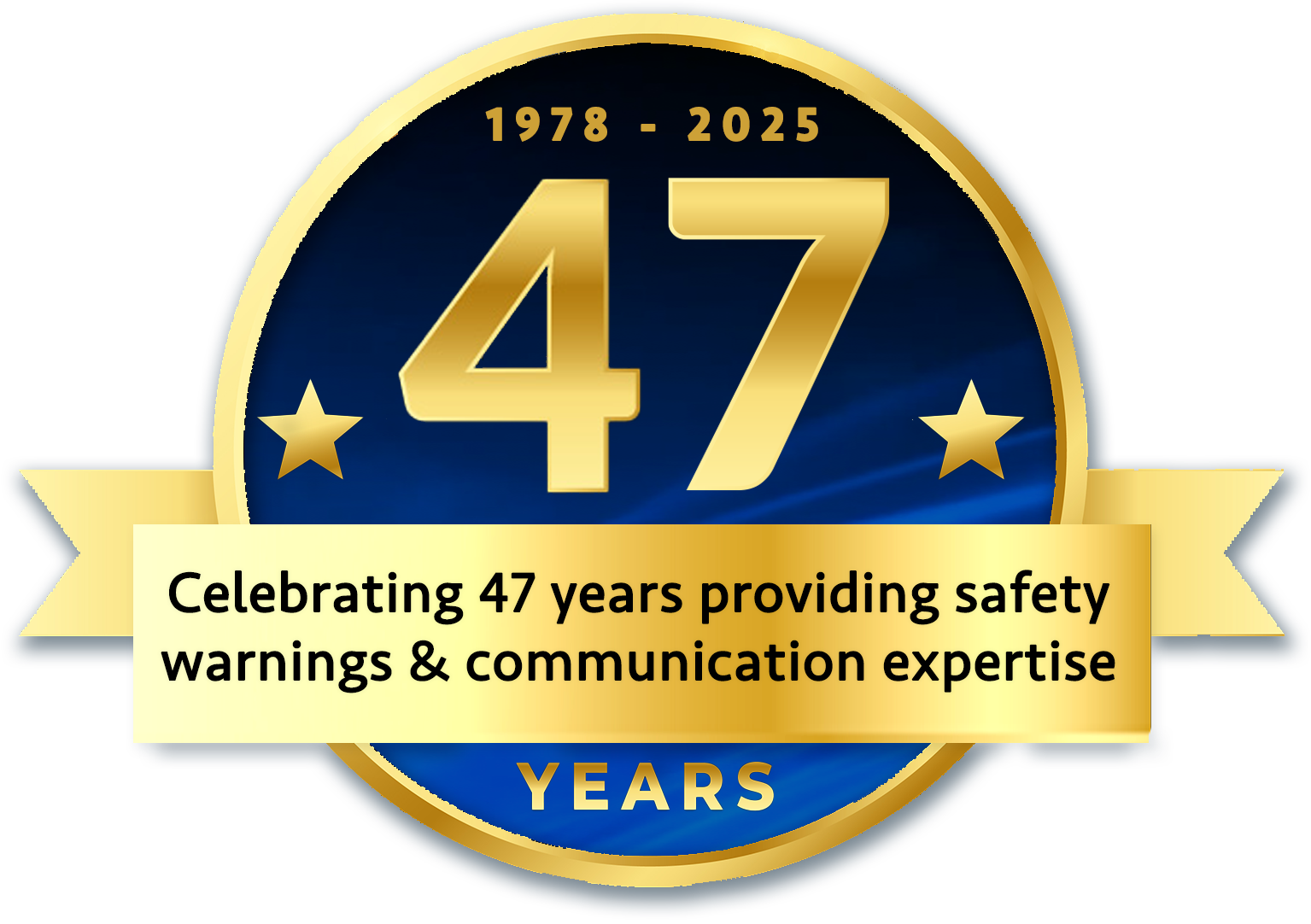'TIS THE SEASON TO BE JOLLY...AND SAFE FROM HOLIDAY FIRES!
If you're like most of us, you probably think of the holiday season as a time for family festivals and good cheer with friends. What few of us consider is that the holidays also present an increased risk of home fires. For example, every year in the U.S., fire departments respond to an estimated 250 home fires involving Christmas trees. Even though Christmas tree fires are infrequent, when they occur, they can be dangerous and costly. These fires cause an annual average of 6 civilian deaths, 16 civilian injuries, and $16.2 million in property damage.
Another example, cooking, was the leading cause of reported home fires and home fire injuries in 2015-2019 and the second leading cause of home fire deaths. Cooking caused 49 percent of reported home fires, 20 percent of reported home fire deaths, and 42 percent of home fire injuries. In 2019, Thanksgiving was the peak day for home cooking fires, followed by Christmas Day and Christmas Eve.
Other sources of fires during the holidays can be found in the use of candles, chanukah menorahs, fireplaces, fireworks and space heaters. By taking some preventative steps, using common sense and adhering to some of the following safety tips, most home fires can be prevented during the holidays and beyond.
1. COOKING.
The following safety tips for cooking come from the NFPA (National Fire Protection Association):
a. What you should know about home cooking safety
• Be on alert! If you are sleepy or have consumed alcohol, don’t use the stove or stovetop.
• Stay in the kitchen while you are frying, grilling, boiling, or broiling food.
• If you are simmering, baking, or roasting food, check it regularly, remain in the kitchen while food is cooking, and use a timer to remind you that you are cooking.
• Keep anything that can catch fire — oven mitts, wooden utensils, food packaging, towels or curtains — away from your stovetop.
b. If you have a cooking fire
• Just get out! When you leave, close the door behind you to help contain the fire.
• Call 9-1-1 or the local emergency number after you leave.
If you try to fight the fire, be sure others are getting out and you have a clear way out.
• Keep a lid nearby when you’re cooking to smother small grease fires. Smother the fire by sliding the lid over the pan and turn off the stovetop. Leave the pan covered until it is completely cooled.
• For an oven fire, turn off the heat and keep the door closed.
c. Safety considerations for cooking with oil
• Always stay in the kitchen when frying on the stovetop.
• Keep an eye on what you fry. If you see wisps of smoke or the oil smells, immediately turn off the burner and/or carefully remove the pan from the burner. Smoke is a danger sign that the oil is too hot.
• Heat the oil slowly to the temperature you need for frying or sautéing.
• Add food gently to the pot or pan so the oil does not splatter
• Always cook with a lid beside your pan. If you have a fire, slide the lid over the pan and turn off the burner. Do not remove the cover because the fire could start again. Let the pan cool for a long time. Never throw water on the fire.
• If the fire does not go out or you don’t feel comfortable sliding a lid over the pan, get everyone out of your home. Call the fire department from outside.
2. Christmas Trees
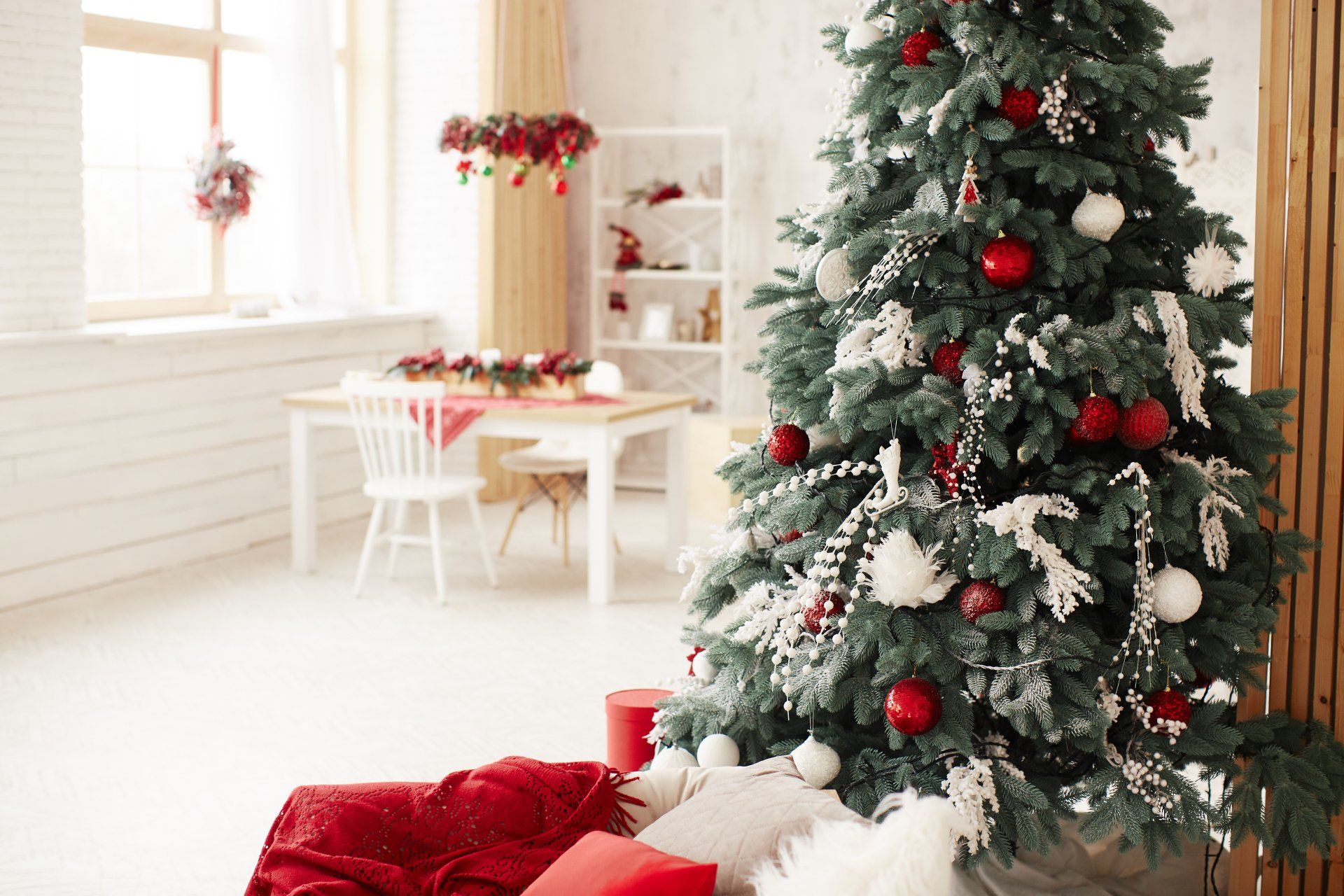
Old fashioned Christmas celebrations featured wax candles on live tree branches – inside homes! Today we know better, but risks still remain.
U.S. fire departments annually respond to an average of 250 structure fires caused by Christmas trees. Nearly half of them are caused by electrical problems, and one in four resulted from a heat source that’s too close to the tree. The following are some very valuable safety tips if you plan to have a Christmas tree in your home:
a. If you have an artificial tree, be sure it’s labeled, certified or identified by the manufacturer as fire-retardant.
b. If you choose a fresh tree, make sure the green needles don’t fall off when touched; before placing it in the stand, cut 1-2″ from the base of the trunk. Add water to the tree stand and be sure to water it daily.
c. Make sure your tree is not blocking an exit and is at least three feet away from any heat source, like fireplaces, space heaters, radiators, candles and heat vents or lights.
d. Use lights that have the label of an independent testing laboratory, and make sure you know whether they are designed for indoor or outdoor use. Replace any string of lights with worn or broken cords, or loose bulb connections. Connect no more than three strands of mini-string sets and a maximum of 50 bulbs for screw-in bulbs.
e. Never use lit candles to decorate the tree.
f. Always turn off Christmas tree lights before leaving the home or going to bed.
g. After Christmas, get rid of the tree. Dried-out trees are a fire hazard and should not be left in the home or garage or placed outside the home.
h. Bring outdoor electrical lights inside after the holidays to prevent hazards and make them last longer.
3. CANDLES.
Candles are widely used in homes throughout the holidays; December is the peak month for home candle fires. More than half of all candle fires start because the candles had been too close to things that could catch fire. These safety tips can help prevent a candle fire:
a. When burning candles, keep them at least 1-foot away from anything that can burn (create a 1-foot circle of safety), and remember to blow them out when you leave the room or go to bed.
b. Use candle holders that are sturdy, won’t tip over and are placed on uncluttered surfaces.
c. Avoid using candles in the bedroom, where two of five U.S. candle fires begin, or other areas where people may fall asleep.
d. Never leave a child or pets alone in a room with a burning candle.
e. Consider using flameless candles, which look and smell like real candles.
4. MENORAH OR KINARA.
It’s possible to buy electric menorahs and kinaras, but if you prefer traditional candles you can still celebrate Hanukkah and Kwanzaa in a fire smart way. Keep flammable items, including curtains and holiday decorations, at least 3 feet away from your candles. Place your menorah or kinara on a non-flammable surface to catch the melting candle wax, such as a tray lined with aluminum foil. Never leave lit candles unattended.
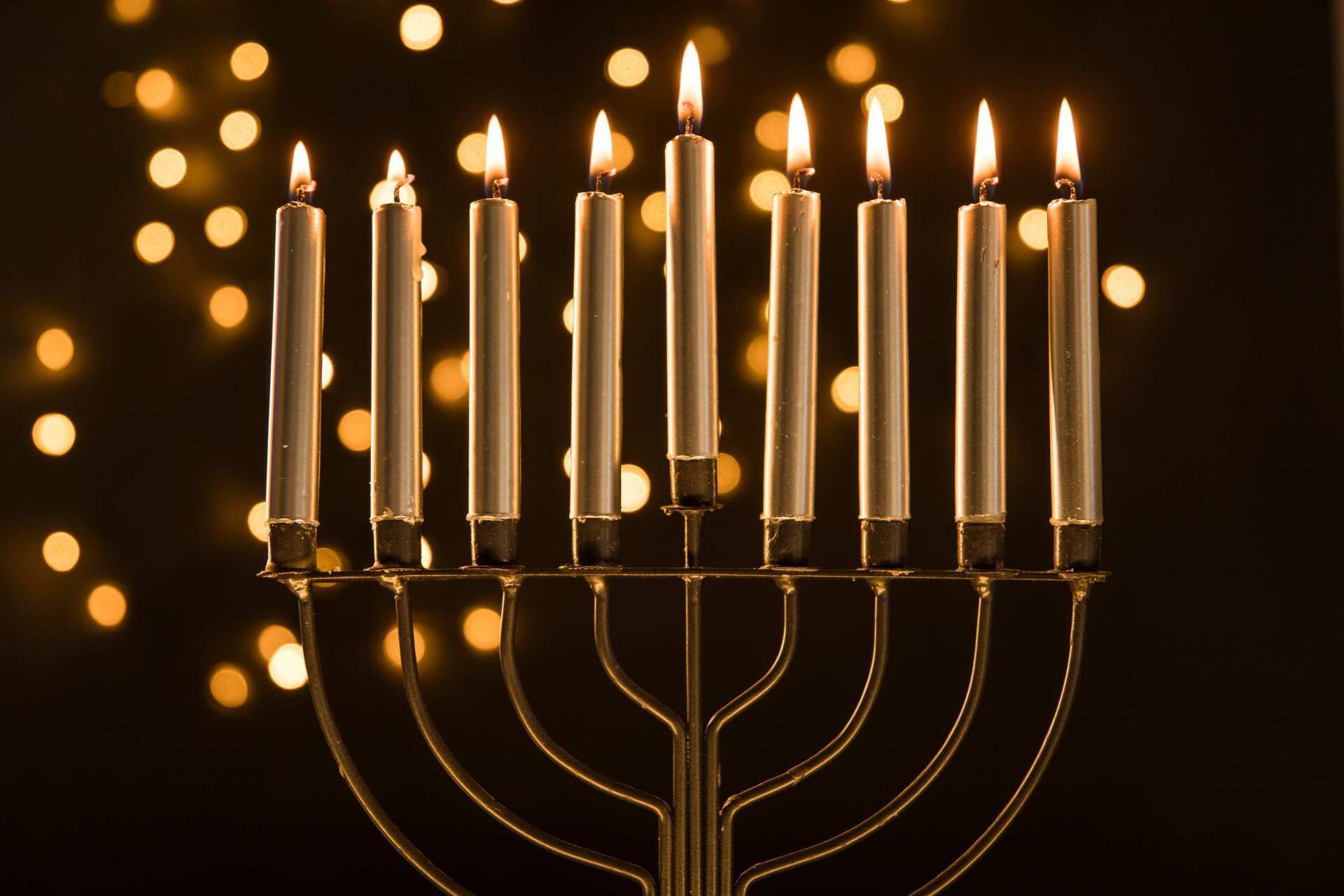
5. FIREPLACES.
Nothing takes the chill off winter holidays like the light and heat of a fire on your hearth. Just be sure to keep “fuel” – from wrapping paper to rugs to clothing – at least three feet away from the flames. Use a fire screen to keep embers and logs from escaping. Lastly, make sure all embers are fully extinguished before you turn in for the night.
6. FIREWORKS.
We usually talk about firework safety for the Fourth of July, but many New Year celebrations also include fireworks. If you’ll be setting off fireworks at home, choose a location away from buildings and trees. Be sure your spectators, including children and pets, stay well back. Keep a supply of water or fire extinguisher at hand. If you live in an area that’s experiencing a drought, consider cancelling the show this year – a stray spark that lands on dry grass or leaves can lead to a wildfire.
7. SPACE HEATERS.
Keep anything that can burn at least 3-feet from all heat sources including space heaters. Turn off space heaters when you leave the room or go to bed. Space heaters, stoves and ovens are not designed as primary heating appliances. Always plug a space heater directly into a wall outlet. Never use an extension cord or power strip. Select a space heater that has the label of a nationally recognized testing laboratory (e.g. U.L), and select a space heater that turns off automatically if it tips over.
Please follow the above safety tips from the Warnings Doctor so that your holiday season will be a "hot time" but not one that is tarnished by a very hot fire. Happy Holidays from all of us at Goldhaber Research Associates.
Check out my latest podcast
"EXPOSED! An Exclusive Look Behind the Curtain of Corporate Greed"
Check out my book "Murder, Inc.: How Unregulated Industry Kills or Injures Thousands of Americans Every Year...And What You Can Do About It". Available in Hardcover, Paperback, Kindle & Audiobook on Amazon now.
